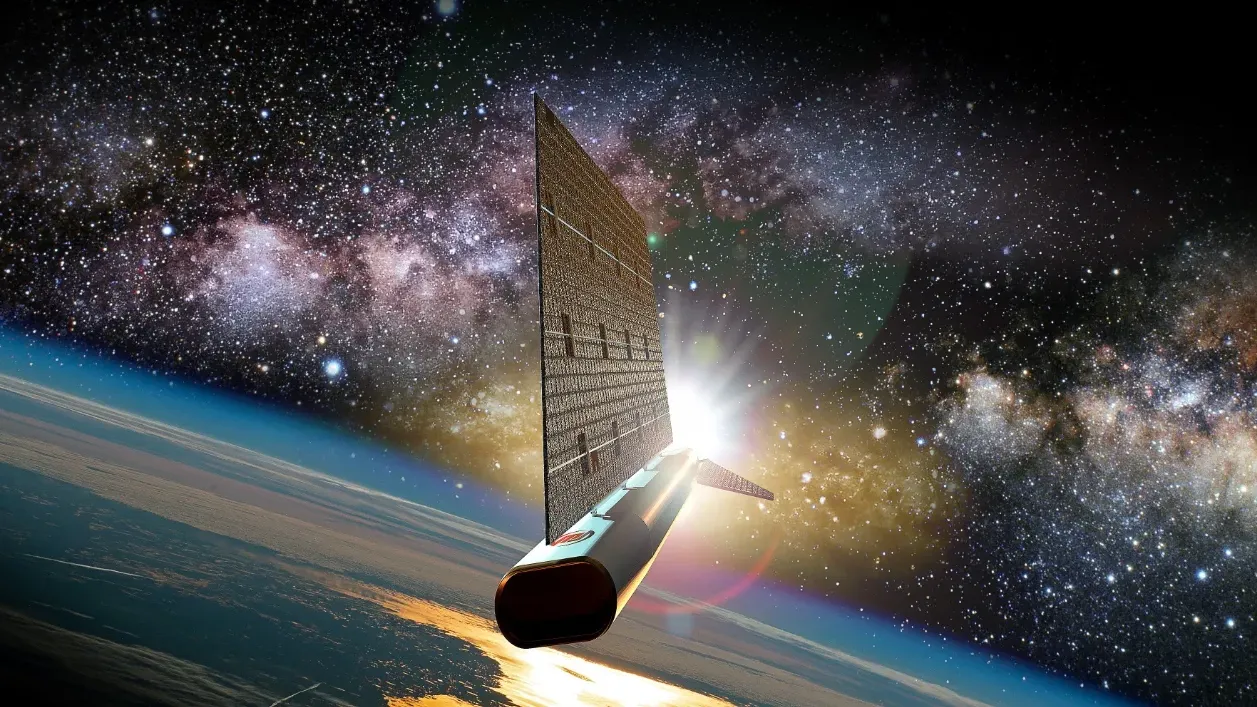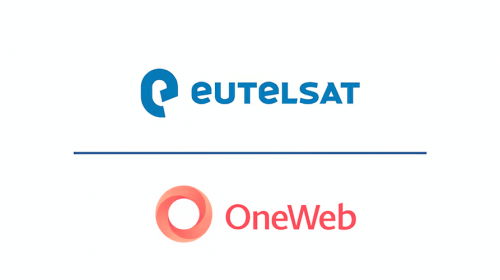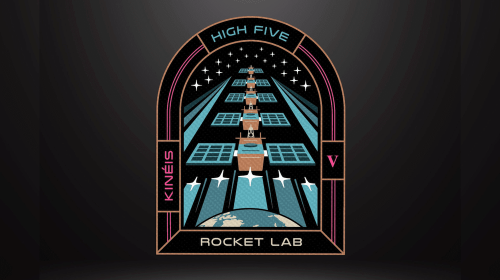Commercial Market Penetration and Strategic Partnerships
May 25, 2025
Impulse Space’s recent agreement with satellite operator SES represents a significant milestone in the commercial orbital transfer vehicle (OTV) market, marking the first dedicated commercial contract for the company’s flagship Helios kick stage. The multi-launch agreement revealed on May 22 outlines a framework for a 2027 mission that aims to show Helios can carry a 4-ton SES satellite from low Earth orbit (LEO) to geostationary orbit (GEO) in just eight hours. The timeline shows that this new approach is much better than previous methods which could mean waiting for weeks or months for satellites to reach their final orbit using either kick stages or electric propulsion systems.
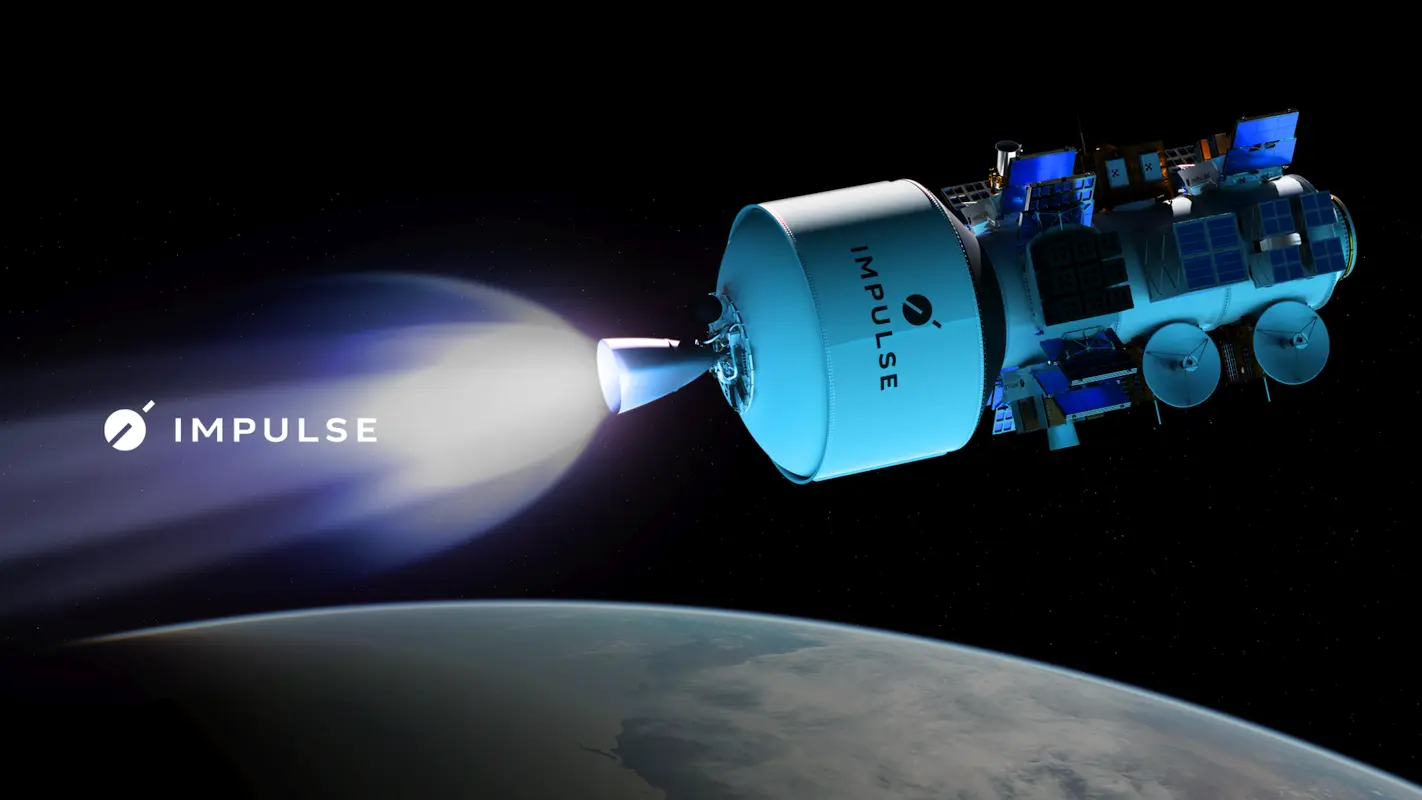 Impulse Space promo. Credit: Impulse Space
Impulse Space promo. Credit: Impulse Space
Both companies stated that the partnership includes possibilities for transporting SES satellites to both GEO and MEO in future missions. This means the company follows a strategy to secure lasting business relationships instead of only focusing on short-term deals. Adel Al-Saleh explained that the partnership would not only help put satellites into orbit faster, but it would also increase their lifespan and allow them to serve customers even faster. It seems that the choice of SES as the first commercial customer was well thought out, given the company’s record of groundbreaking space launch techniques. According to Tom Mueller, Impulse Space’s founder and CEO, SES became the first GEO satellite operator to choose the Falcon 9 rocket from SpaceX and the first to launch a satellite on a reused booster, proving its readiness to try new technologies and handle the risks that come with them.
Technical Innovation and Market Differentiation
Helios is a new system for transferring spacecraft, developed to improve how well medium-class rockets such as the Falcon 9 function. Mueller said that the Falcon Heavy could offer two-thirds of its capability with just one vehicle and at a much lower cost than using a core stage. The system is designed to move five-ton satellites from LEO to GEO in less than 24 hours, solving what Mueller called the main issues of slow, costly, and rigid access to high-energy orbits.
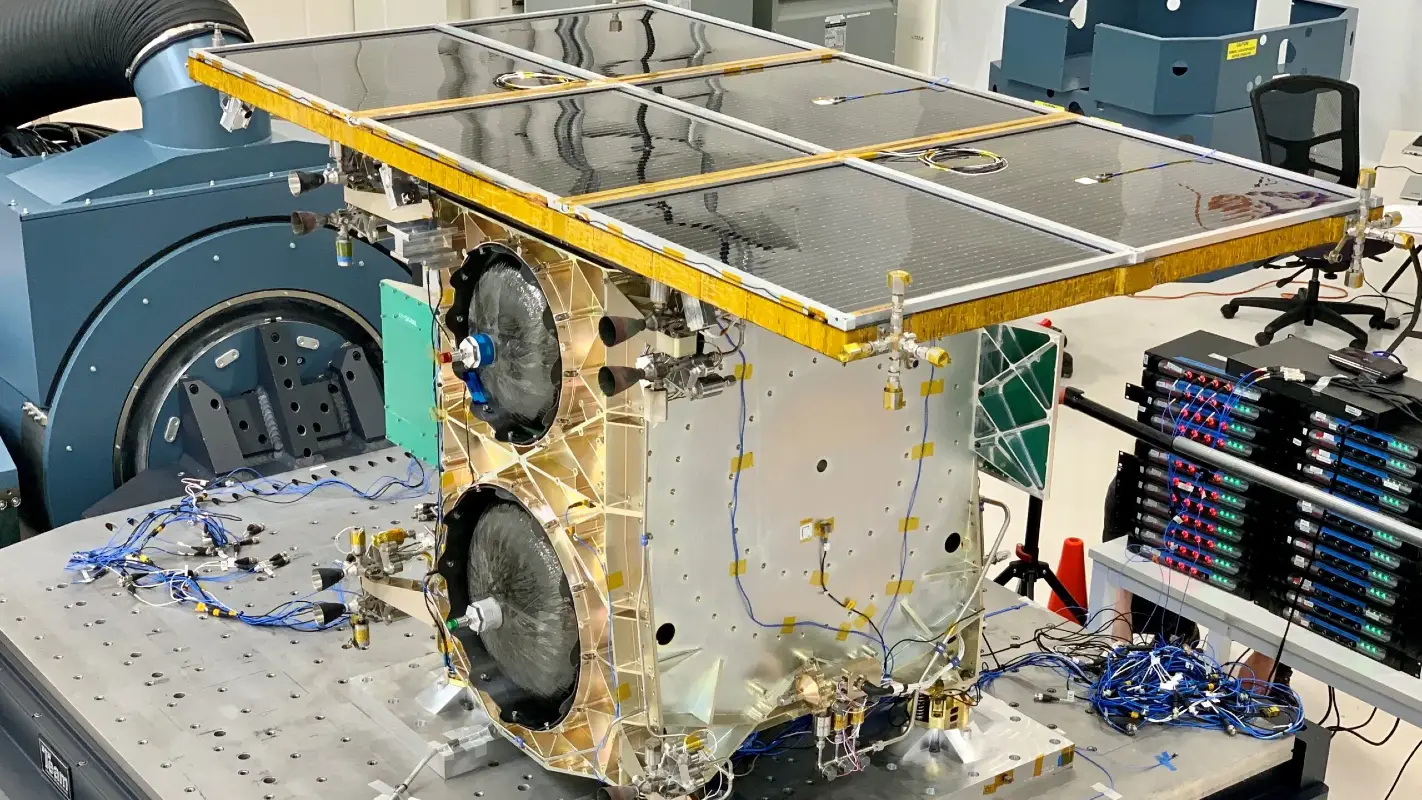 Impulse Space’s Mira spacecraft. Credit: Impulse Space
Impulse Space’s Mira spacecraft. Credit: Impulse Space
The Deneb engine is responsible for propelling the vehicle; it produces 15,000 pounds-force of thrust and has already passed important early design review points. The team will begin engine testing this summer, and the first Helios flight is set for early 2026. The company plans to conduct four to six flights annually, which helps manage its manufacturing and ensures it maintains quality and dependability. Apart from the SES contract, Impulse Space has obtained additional business from customers that confirms there is strong demand for high-energy orbital transfer services. In September, the company revealed a deal with French startup Space Network Services to launch up to six small GEO satellites on a rideshare program, proving that their method works with different types of satellites and clients.
Defense Sector Integration and Dual-Use Applications
Supporting the defense sector is vital for Impulse Space, as shown by the $34.5 million contract it won in October for the Victus Surgo and Victus Salo missions of the U.S. military. With funds from the U.S. Space Force and DIU, the SBIR Phase 3 agreement proves the military trusts Impulse Space’s technology for space operations that respond quickly to tactical needs. The contract includes two orbital transfer vehicles that will be used to launch space surveillance payloads meant to strengthen the U.S. military’s ability to monitor space.
Impulse Space’s technology is flexible, and Victus Surgo operated both its smaller Mira vehicle and its larger Helios platform together as part of the mission. The Mira vehicle will take a commercial optical device to geosynchronous transfer orbit following its launch from LEO by Helios, and DIU will hold a rideshare position on the Helios launch. Its design demonstrates how flying multiple customers’ payloads at once can help save time and money on launches. According to Colonel Bryon McClain, program executive officer for space domain awareness at the Space Systems Command, such missions will allow them to quickly react to changes in space and increase their surveillance and defense capabilities. Lieutenant Colonel Kahoa Miller, the head of resources for the Space Systems Command’s Space Safari office, pointed out that the commercial space industry is important for future Tactically Responsive Space (TacRS) missions, revealing that the military wants to use commercial advances for defense.
Financial Strategy and Market Positioning
The $150 million raised in Impulse Space’s Series B round tells us about the company’s growth and how investors feel about the orbital transfer vehicle market. Tom Mueller, a former SpaceX rocket propulsion engineer, launched the company in 2021. Since then, RTX Ventures, the venture capital branch of Raytheon Technologies, has invested in the business. This investor profile confirms that both the technology and the market opportunity are validated, thanks to RTX’s long history in defense and aerospace.
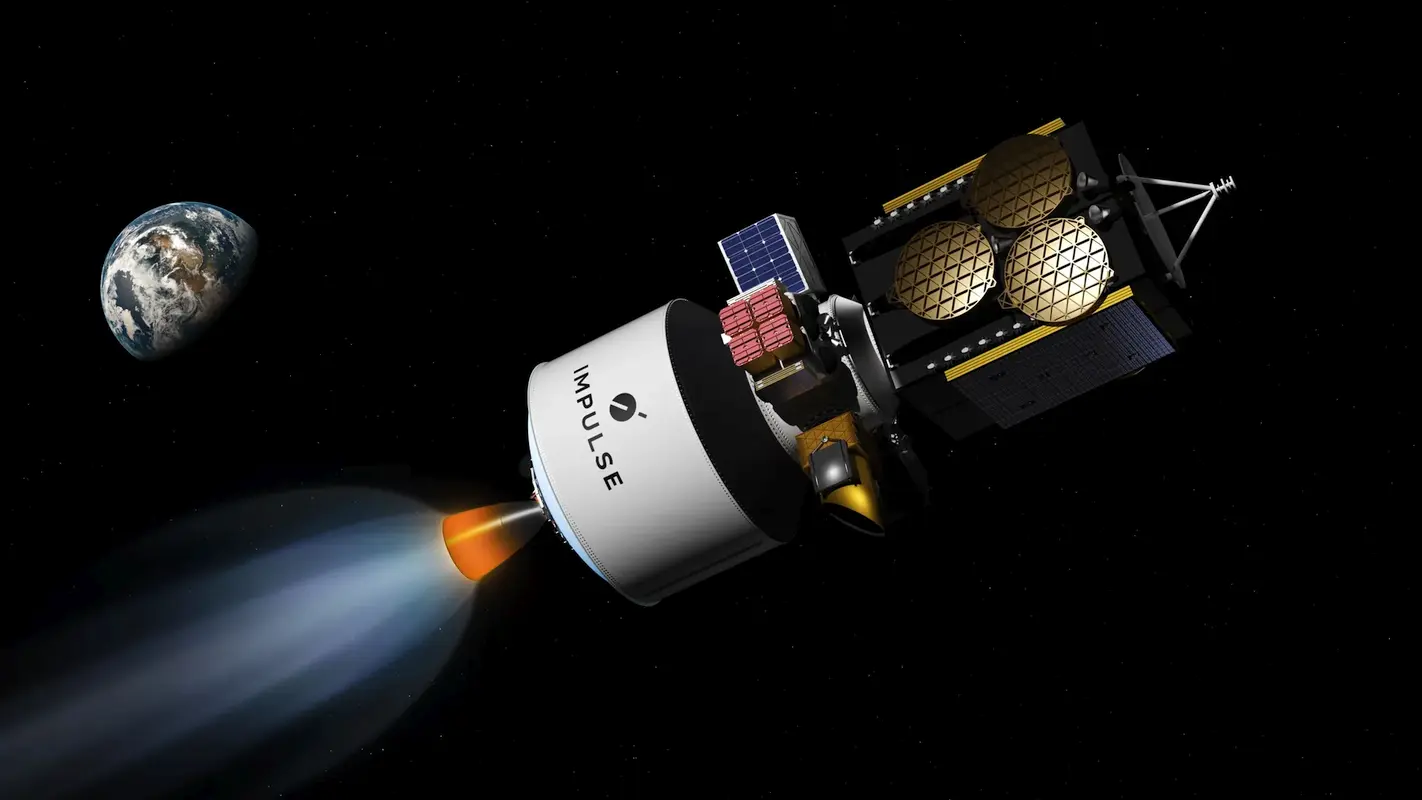 3D render of Impulse Space’s Helios kick stage. Credit:Impulse Space
3D render of Impulse Space’s Helios kick stage. Credit:Impulse Space
It looks like the funding has been planned to run multiple development programs at once, with resources provided to both Mira and Helios and the demonstration missions needed to confirm commercial capabilities. The company is designed to offer services that bridge the gap between launching satellites and putting them into high-energy orbits, since this area of the market has been underdeveloped despite a greater need for satellites in such positions. The TacRS contract was accompanied by a $60 million STRATFI deal focused on advancing Helios, which brought together government money and private cash. Through this funding method, the government supports the growth of solutions that can be used in defense as well as other fields, so it needs fewer defense contractors and can encourage new ideas in the commercial space industry.
By merging commercial and defense market opportunities, Impulse Space is able to serve several types of customers and share development costs. The fact that Mueller said Helios is the ideal product for the right time points to market timing, as more satellite operators look to reach high-energy orbits to meet increasing demand for telecommunications, Earth observation, and space-based services. The company’s position in the orbital transfer vehicle market follows a trend in space commercialization, where firms are producing technologies that are useful for both commercial and government customers. This way, the company can mature technology quickly by flying more often and it can support its business over time with multiple ways to make money. With the space industry growing into higher orbits, Impulse Space’s emphasis on quick, dependable, and affordable orbital transfers helps address necessary infrastructure that is expected to keep the industry developing. With strong technical skills and the help of strategic partners, the company is now ready to take a large share in the fast-growing part of the space industry.

